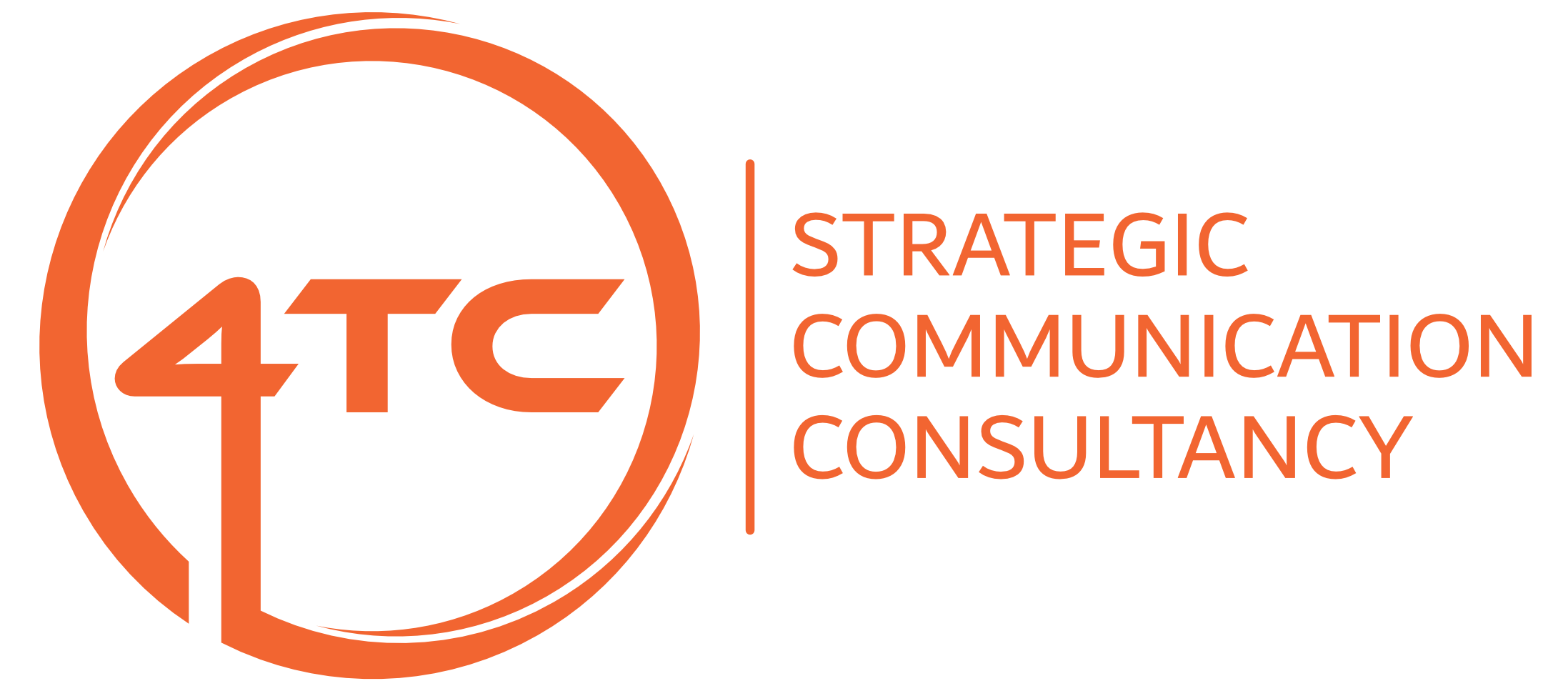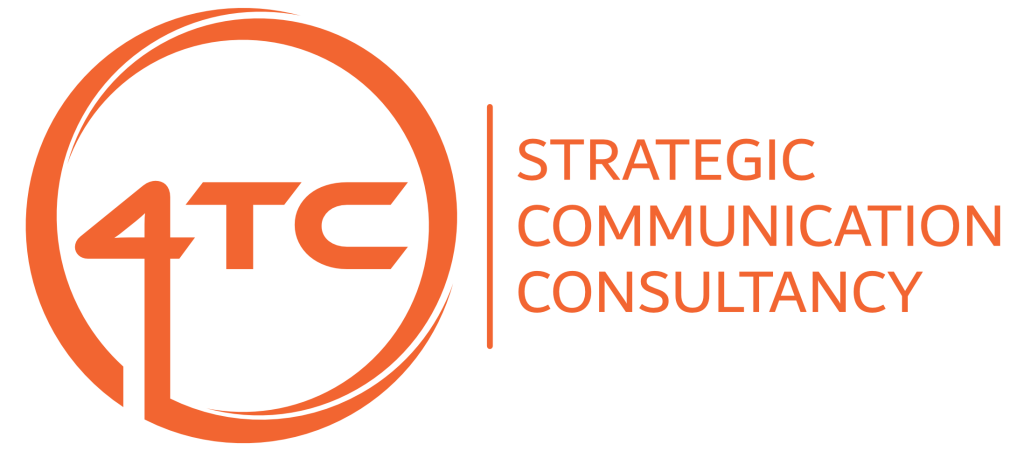media relations in pr - a game with rules
We’ve been thinking about media relations recently – the term used to describe the relationship between the communications industry (PR) and the media (the journalists who create the content that fills the digital, print and broadcast space).
There was a time when it also meant individual communicators creating personal relationships with specific journalists – compiling a ‘little black book’ of contacts, armed with which favourable coverage was almost guaranteed.
(This, of course, is hogwash. While favours might be called in on occasion, if your story is a turkey, it’s a turkey and good journalists don’t do turkey.)
Since the advent of digital media, however, much has changed. Advertising revenue is spread much more thinly, all media finds itself under cost pressure and the result is fewer journalists covering much more ground.
A story only gets covered if it’s something people will want to read
Broadly speaking, there is very little time for building personal relationships and a story only gets covered if it’s actually a story, one that people will want to read.
Media relations is, therefore, how communicators and journalists co-exist. It’s our job to tell our client’s stories in a positive way, and make them newsworthy, and it’s the journalist’s job – broadly speaking – to report the news.
That’s not to say – in any way at all – that it is the journalist’s job to report our stories.
No, it’s their job – or their editor’s job – to decide what is news, what their readers will be interested in and, if our story fits the bill, to make use of it in their reporting.
Let us be very clear, however – the PR/media relationship is a transactional one. If a journalist decides to use our story – if we have made it sufficiently newsworthy and value-adding – then we expect a name-check in return.
If we’ve given you a story about a brand new, labour-saving widget that will be a boon to the ordinary householder, then name the company that’s producing it.
There’s little love lost between PR and the media
Trouble is – and it’s the communication industry’s fault – there is little love lost between us and the media.
Our industry doesn’t always get it right. Some of us bother journalists with turkeys. Our industry spams the media. Some of us make unnecessary phone calls at inappropriate times.
This has led to a relationship that sometimes loses sight of what it should be. The media view PR as somehow ‘pulling a fast one’ – and therefore not meriting the give and take of a normal transactional relationship.
Recently, on behalf of a client, we undertook a piece of simple research – perfectly valid, wholly representative, providing watertight results – to generate a few statistics that could be used to help tell our client’s story.
We wrote the story up and we did it in a style that was easily accessible and which could be reproduced without too much editing (we’re good at this – it’s the product of years of experience).
The story received quite a lot of coverage – because it was reasonably newsworthy, fairly amusing, and relevant to almost everyone.
How the media game is – and isn’t – played
One radio station, however, took against it, deciding that it was facile and quite clearly designed, in some way, to take advantage of them.
Well, OK. If that’s what you think.
Remember, we’ve already told you that you don’t have to report this. It’s your choice. If you don’t want to – throw it in the bin.
Thing was – they did report it. They discussed it for three minutes on primetime breakfast show radio. They filled their programme and entertained their listeners with our story – the product of a reasonable amount of work on our part.
And at the end of their discussion, the presenters agreed – between them, live on air – that they weren’t going to mention our client’s name.
Come on lads, that’s not how the media relations game is played, and you know it. At least you should. Makes us not want to send you stuff anymore, which is a shame.
If you’d like to know more about media relations – or any other aspect of the communication mix, or even just which radio station we’re talking about – contact us on info@4tc.ie





